Astronomy
-
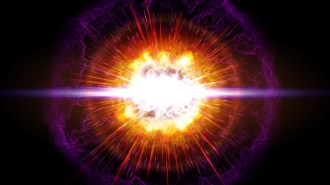 Space
SpaceA weird stellar explosion may have caused the brightest supernova yet seen
Astronomers may have spotted the first known example of a rare “pulsational pair-instability” supernova.
-
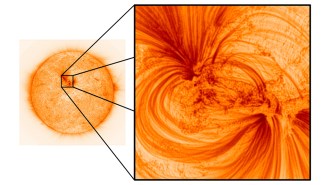 Astronomy
AstronomyNew images of the sun reveal superfine threads of glowing plasma
Snapshots from NASA’s High-Resolution Coronal Imager show thin filaments of plasma not seen before in the sun’s outer atmosphere.
-
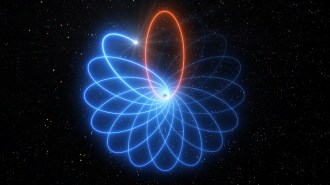 Physics
PhysicsA star orbiting the Milky Way’s giant black hole confirms Einstein was right
An oddity previously seen in Mercury’s orbit has been spotted in a star circling the supermassive black hole at the Milky Way’s center.
-
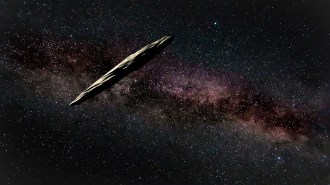 Astronomy
Astronomy‘Oumuamua might be a shard of a broken planet
A new origin story for the solar system’s first known interstellar visitor suggests it may have been part of a world that got shredded by its star.
-
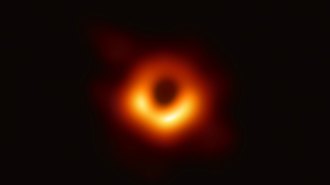 Physics
PhysicsA year after the first black hole image, the EHT has been stymied by the coronavirus
With this year’s observing run canceled due to the coronavirus, the Event Horizon Telescope team is analyzing data from 2017 and 2018.
-
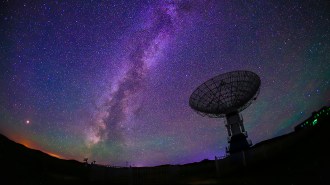 Space
SpaceNew search methods are ramping up the hunt for alien intelligence
Six decades of radio silence hasn’t stopped scientists searching for intelligent life beyond Earth. In fact, new technologies are boosting efforts.
-
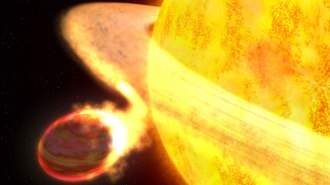 Space
SpaceRed giant stars that eat planets might shine less brightly
Some stars may shine less brightly after ingesting a planet. That finding, if confirmed, could have implications for calculating cosmic distances.
-
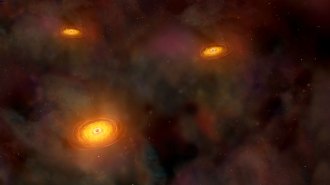 Quantum Physics
Quantum PhysicsQuantum mechanics means some black hole orbits are impossible to predict
Computer simulations reveal that foreseeing the paths of three orbiting objects sometimes requires precision better than the quantum limit.
-
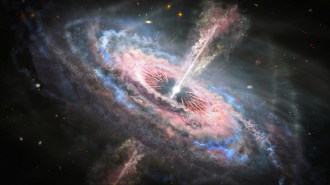 Space
SpaceQuasar winds with record energy levels were seen fleeing a distant galaxy
The Hubble Space Telescope has seen the most energetic quasar winds yet, showing these active black holes can blow star-forming gas out of galaxies.
-
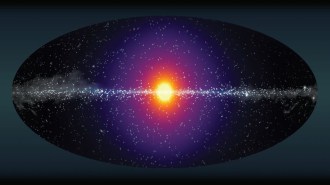 Space
SpaceA controversial X-ray glow didn’t show up in the Milky Way’s dark matter halo
A new look at old data suggests that an odd X-ray glow that emanates from some galaxies cannot come from decaying dark matter.
-
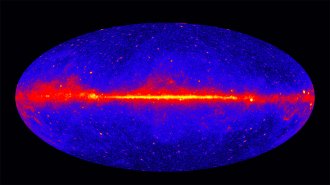 Space
SpaceAstronomers have found the edge of the Milky Way at last
Computer simulations and observations of nearby galaxies let astrophysicists put a firm number on the Milky Way's size.
By Ken Croswell -
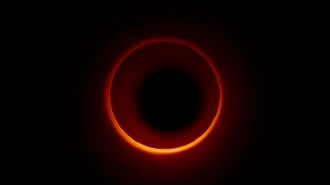 Physics
PhysicsNew telescopes could help spot ‘photon ring’ of the first black hole ever imaged
Expanding the Event Horizon Telescope by adding telescopes in space could help capture the rings around galaxy M87’s supermassive black hole.